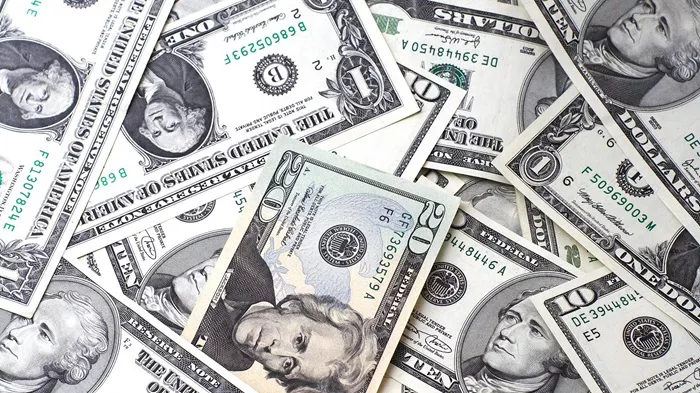The U.S. dollar and major global currencies held steady on Friday as traders evaluated the potential effects of reciprocal tariffs announced by Washington, which will not take effect immediately. Meanwhile, a U.S. producer price report helped ease concerns over inflation, offering some relief to the currency markets.
On Thursday, U.S. President Donald Trump instructed his economic team to develop plans for imposing reciprocal tariffs on any country that taxes U.S. imports. However, the tariffs are not expected to be implemented right away, with a White House official indicating that they could be enforced within weeks as Trump’s team evaluates bilateral trade and tariff relationships.
The delay in the tariff rollout bolstered expectations that there might still be room for negotiation among countries before the measures are enforced. “Tariff ambiguity still reigns, but markets are finding some comfort in knowing the next round won’t be activated before April,” said Ray Attrill, head of FX strategy at National Australia Bank, in a research note.
The U.S. dollar, however, weakened slightly, hovering near its lowest level since January 27 at 107.25. This decline followed a U.S. producer price report that surpassed expectations, while also suggesting that core Personal Consumption Expenditures (PCE) inflation, the Federal Reserve’s preferred inflation gauge, may be lower than anticipated for January when it is released later this month.
While the producer price index (PPI) data was relatively favorable, Carol Kong, a currency strategist at Commonwealth Bank of Australia, noted that key components of January’s consumer price data showed strong increases, signaling that PCE may still rise above the Federal Reserve’s 2% target.
“We expect the Fed to remain cautious due to concerns over the sluggish disinflation process and the potential impact of President Trump’s tariff increases,” Kong added.
Futures markets now reflect an expectation of about 33 basis points of rate cuts this year, up from 29 basis points before Thursday’s data release, but down from 37 basis points prior to the Consumer Price Index (CPI) report earlier in the week.
The dollar index, which tracks the greenback against a basket of major currencies, remained almost unchanged at 107.07.
U.S. Treasury yields declined, supporting the Japanese yen, which had previously weakened to 154.80 on Wednesday. The yen edged up to 152.64 on Friday but was still on track for its first weekly loss since early January.
The euro held near its highest level in over two weeks at $1.0469, buoyed by optimism surrounding potential peace talks between Ukraine and Russia. It was last down 0.04% at $1.0461.
On Wednesday, Trump spoke with Russian President Vladimir Putin and Ukrainian President Volodymyr Zelensky about the war in Ukraine. He reiterated on Thursday that Ukraine would have a seat at the table during any peace negotiations with Russia.
Sterling touched $1.25705, its strongest since January 7, and was last down 0.07% at $1.256, following data that showed the UK economy unexpectedly grew by 0.1% in the final quarter of last year.
The Canadian dollar traded just above a two-month high of C$1.4184, bolstered by the decline in U.S. Treasury yields.
Related topics:
Dow Jones Faces Setback Amid Soft Labor Data and Renewed Trade War Tensions
Silver Price Retreats After Hitting Weekly High: XAG/USD Analysis


